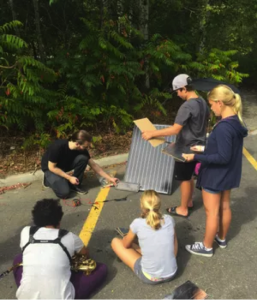The following is the Prologue to a paper to be presented at the 2025 Learning Planet Festival and published on January 24th, the International Day of Education. Its full title is: On the Cusp of a Movement: How the Rights-Centric Education Network Offers to Accelerate the Establishment of a Community of Practice.
Prologue – Another Inconvenient Truth[1]
Herman Melville said of Moby Dick,
“This whole book is but a draught – nay, but a draught of a draught. Oh, Time, Strength, Cash, and Patience!” [2]
This document is also but a draught of a draught. Its starting point is the Free School Movement of the 1960s and is a continuing story with no end in sight. An AI overview of the “Movement” describes it as “a grassroots educational reform movement that took place in the United States and Canada in the 1960s and 1970s. The movement sought to change the traditional school system by creating alternative, independent schools that emphasized student freedom, autonomy, and independence.”[3]
A flavour of the times was captured by George Leonard in Education and Ecstasy,[4] one of many books about education published at that time. It started with these words:
“Teachers are overworked and underpaid. True. It is an exacting and exhausting business, this damming up the flood of human potentialities.”
In the more than half century since Leonard wrote this, the “damning up the flood of human potentiality” continues with students today appearing to be no better off, and some argue worse off than they were in the 1960s, despite all that has been learned about child development and human rights in the intervening years. So why is this still the case?
Jonathan Kozol in his 1972 second printing of Free Schools,[5] points to the answer with this 1969 statement from George Dennison[6]:
“One hears more frequently now of parents banding together, finding teachers, and starting little schools . . . There are no signs that a movement exists, but there are many signs that one might . . .”
Amazingly, there are still no signs that a movement exists. The proponents of what is now a clearly defined new social contract for education have failed to create a movement. Ironically, they wonder how it is that people can’t see something so obvious as children needing to be in charge of their learning, while they remain unable to see that they are complicit in education remaining so much the same. They, for whatever reasons, seem to be oblivious to the fact that all their proselytizing without a movement amounts to nothing more than noise from the fringes.
Although public education has remained fundamentally unchanged, research on brain development, multiple intelligences, neurodiversity, and a growing number of exemplary prototypes of what could become a vibrant learning planet are telling us that we must find the capacity to transform the system before it self-destructs. One of the most promising signs that a movement might materialize is the Convention on the Rights of the Child, adopted by the United Nations General Assembly on November 20th, 1989. A reading of the Convention leads to the conclusion that traditional schools are systemically violating the rights of children and youth to the point of being criminal. People in the 1960s did not have the Convention to support their arguments.
Well-meaning people perpetuating the injustices are likely to stop reading this opinion paper at this point. In their minds they are doing what is right for children and it is unfathomable, and just too painful to entertain the thought that what they are doing amounts to crimes against humanity. Worse, and what will sound utterly outrageous to people steeped in adultism, conventional schools are incubators for man’s inhumanity to man. The “power over” nature of schools is reflected in the bullying that occurs as the oppressed become oppressors and troubled victims cry out with extreme acts of self-mutilation, suicide and school shootings. With too little appreciation for human rights, adults think that being caring and nice to children equates to helping them thrive. Many have no idea that they too are victims of a system that fails to cultivate human flourishing because it is designed to produce servants of the economy, the latter actually best achieved by achieving the former.[7] This is not to say that all educators are unaware of how traditional schools are failing. Many are leaving public education while others feel trapped in something they can do nothing about. Liberating oneself from years of schooling and a deeply entrenched global mindset is a difficult process that does not happen overnight. A good way to accelerate the liberation is to acquire extended lived-experience in mature democratic schools where people are accustomed to directing their own learning in community with others. A sense of the overall wellbeing of learners in these schools can be a stark contrast to that of learners in conventional schools, and a sense of wellbeing frees a person to learn at full capacity.
Following are four recent concrete developments that suggest a movement might be hatching. In 2021, UNESCO published a report titled Reimagining our futures together: a new social contract for education[8] that aims to catalyze a global debate about transforming education. Recognizing the need for this debate, the Learning Planet Institute[9] created the annual Learning Planet Festival[10] held in conjunction with the January 24th International Day of Education. The Festival is organized as a global, decentralised invitation for individuals and organizations to autonomously design and submit their event onto the Festival’s platform. It serves as an example of how people can organize in a way that shares the workload and allows them to express themselves in whatever way they choose, whether it be lecture, workshop, a drama production, singing and dancing, and the events can be in-person, virtual or hybrid. It holds great promise and is what everyone decide to make of it.
The second development is the 2019 Two Loops Model video.[11] It has been said that it is a bitter person who tries to live outside their time in history. Knowing one’s time enables a person to better manage their emotions and direct their energies in a most positive manner. It produces some of the wisdom necessary to live according to Reinhold Niebuhr’s Serenity Prayer.
“God, grant me the serenity to accept the things I cannot change, the courage
to change the things I can, and the wisdom to know the difference.”
In less than fifteen minutes the video presents the nature of a paradigm shift. It shows how paradigms compete, how dominant ones go into decline as they increasingly prove to be inadequate, and how the scattered voices of a contender come together into a community of practice that constitutes the movement ultimately replacing the old regime.
Third is the coining of the term “conscious collaboration”[12] by World Systems Solutions founder John Jones. Well-exercised, it can establish a movement and accelerate it once formed. It amounts to a recipe for how to create the community of practice needed to make change happen.
The creation of the Rights-Centric Education Network is the fourth concrete development that recently emerged with over 160 founding members. In essence, it is an ally of the United Nations helping to achieve human rights goals. It is not an organization as such, but rather an invitation to everyone who wants to see education pulled into alignments with human rights to help grow a movement. Put in terms of the Two Loops Model, it equates to establishing the critical final stage of the education paradigm shift, the community of practice with human rights as the special something that binds it, the community of practice that gets resources flowing from the old regime to the new. It is driven by more than doing the right thing for children and youth. It is above all about respecting the inherent rights of nature. This paper is based on the belief that the health of the planet in all its forms is dependent upon the full implementation of human rights. If we are individually disconnected from our humanity, all that we touch will be at risk, and it is illogical to think that there is anything more important than insuring young people do not become disconnected from themselves. The term “becoming human” is a symptom of something gone wrong. We begin life human.
[1] This title is used with reference to the documentary film about climate change titled An Inconvenient Truth, which was inspired by the work of Al Gore.
[2] Melville, H. (2022). Moby Dick: The Original 1851 Edition. Printed by Amazon.
[3] Obtained from a Google search using the term “Free School Movement” on November 26, 2024.
[4] Leonard, G. (1968). Education and Ecstasy. Dell Publishing, New York.
[5] Kozol, J. (1972). Free Schools. Houghton Mifflin, Boston.
[6] George Dennison was an American novelist best known for The Lives of Children: The Story of the First Street School. (1970). Internet Archives. Retrieved on November 30, 2024 from https://archive.org/stream/LivesOfChildren-English-GeorgeDennison/LivesofChildren_djvu.txt.
[7] One of the best studies to support this claim is titled, Democratic Schooling: What Happens to Young People Who Have Charge of Their Own Learning. It was published by Peter Gray and David Chanoff in the American Journal of Education, Vol. 94, No. 2, (Feb., 1986), pp. 182-213, The University of Chicago Press. Retrieved November 26, 2024 from http://www.alternatifokullar.com/files/2014/01/dem_oku_mak_gray_chanoff.pdf
[8] UNESCO. (2021). Reimagining our futures together: a new social contract for education. https://unesdoc.unesco.org/ark:/48223/pf0000379707
[9] The Learning Planet Institute: Facing the challenges of today and tomorrow: co-creating a learning society: https://www.learningplanetinstitute.org/en/what-we-believe-in/
[10] The Learning Planet Festival: https://www.learning-planet.org/learningplanet-festival/
[11] Systems Innovation. (2019). Two Loops Model. [Video], YouTube. Retrieved November 24, 2024 from https://www.youtube.com/watch?v=LQWKmtx8L2s
[12] Jones, J. Conscious Collaboration. Retrieved December 16, 2024 from https://wssnow.org/wp-content/uploads/2024/11/Conscious-Collaboration-4.pdf
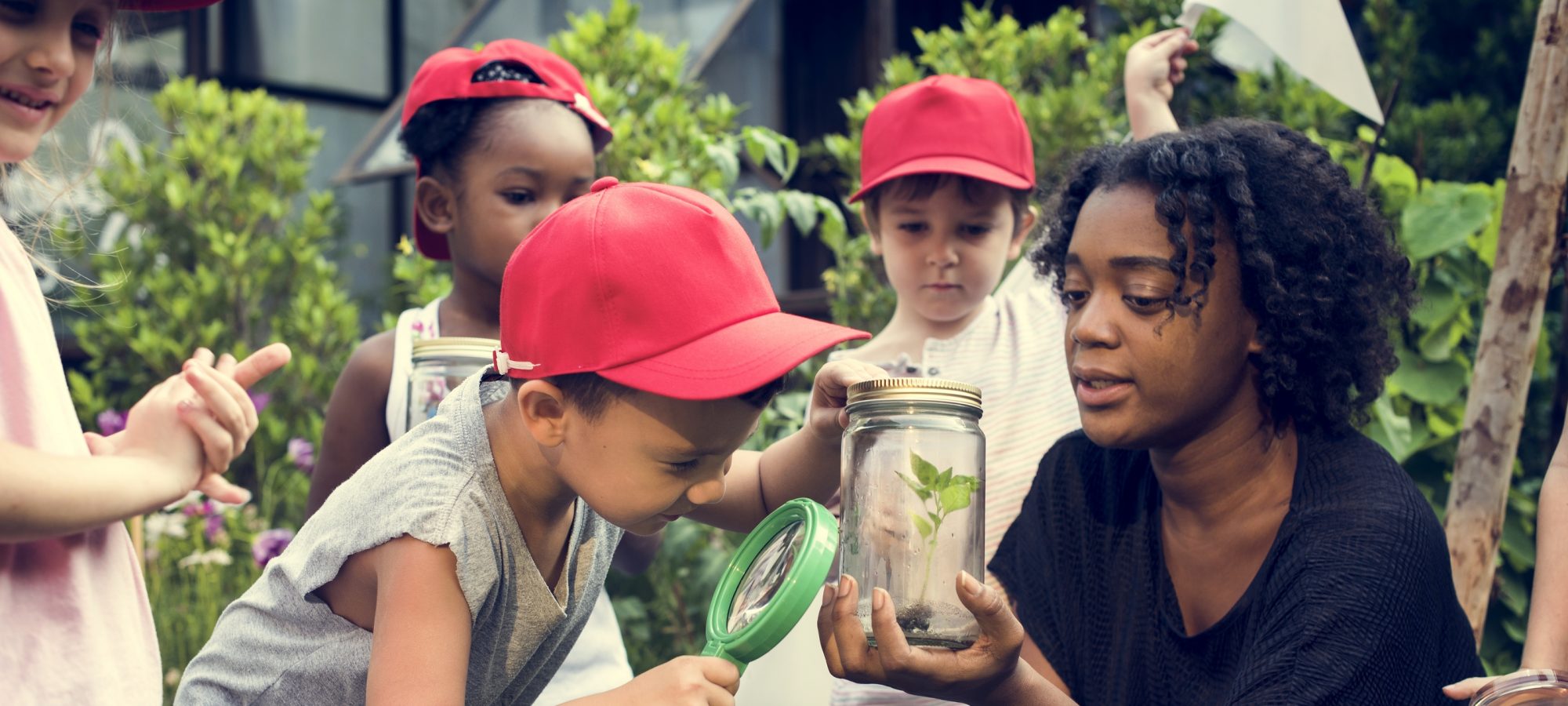

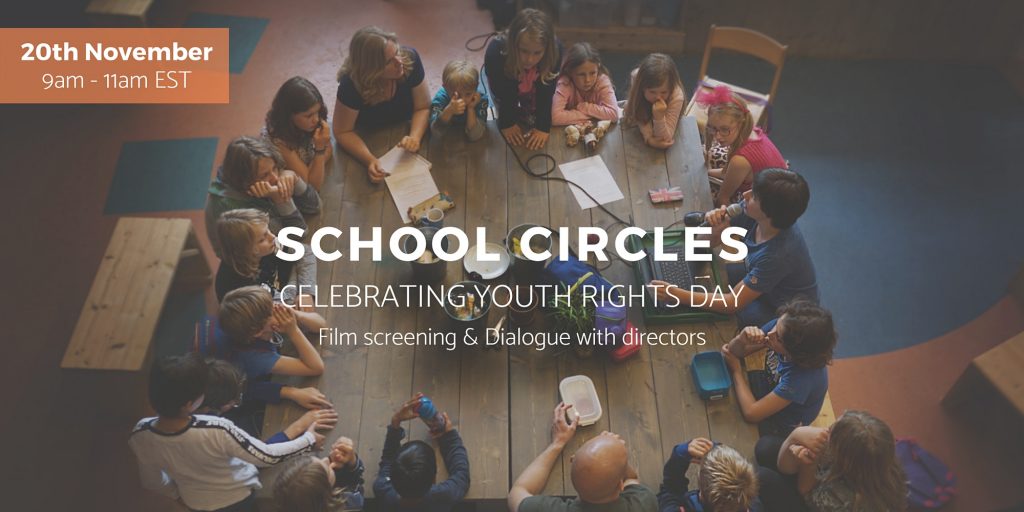


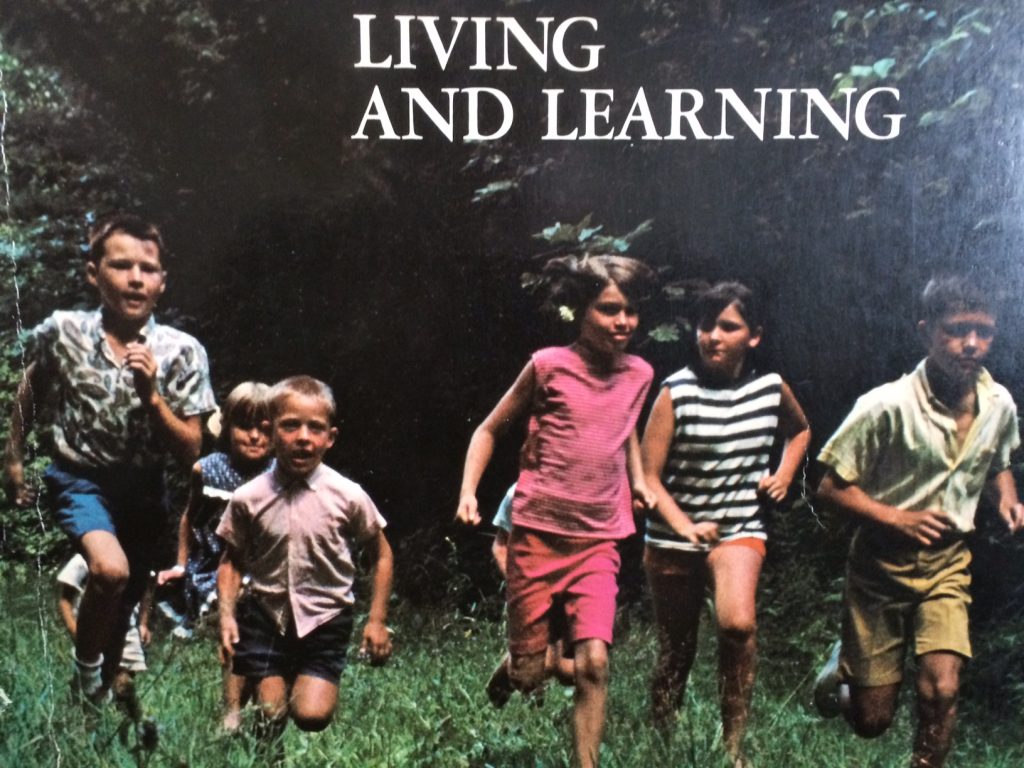



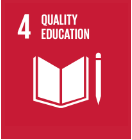

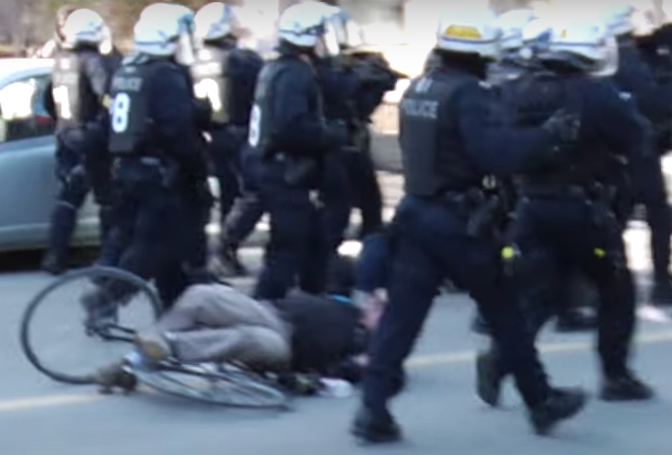
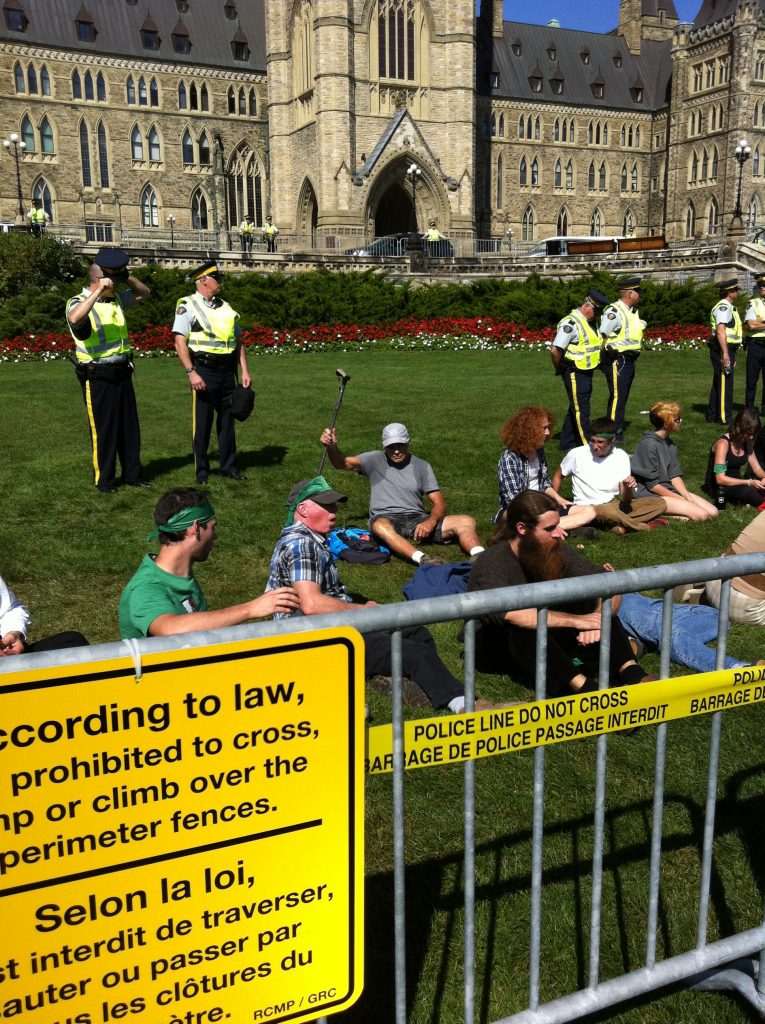
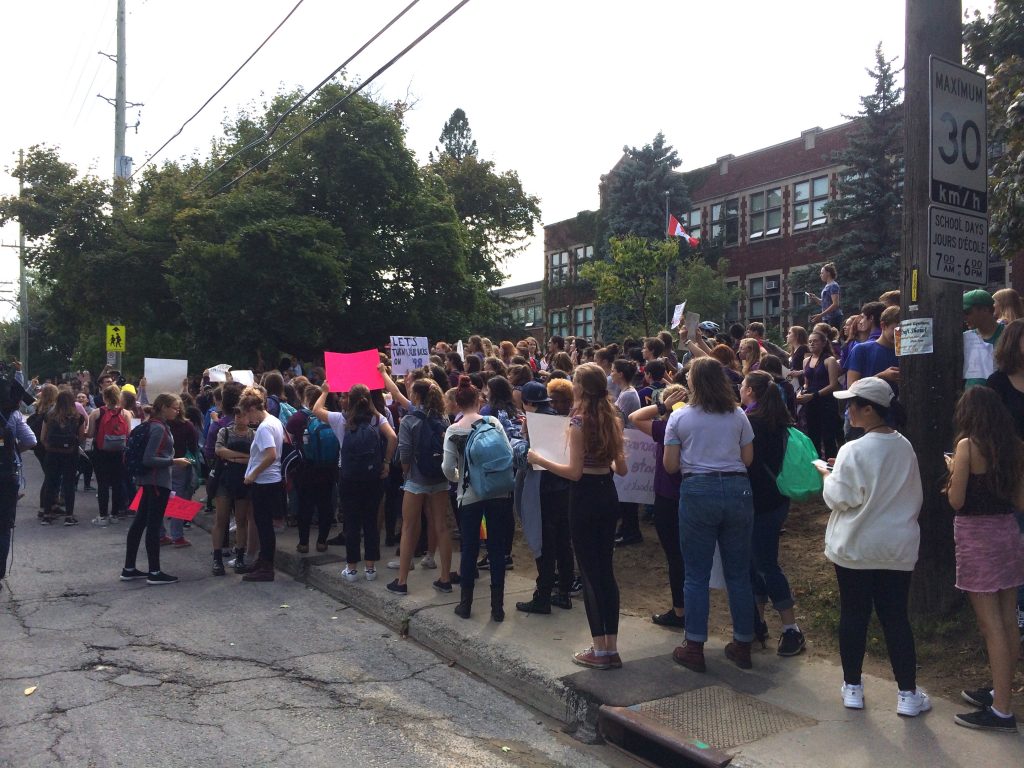

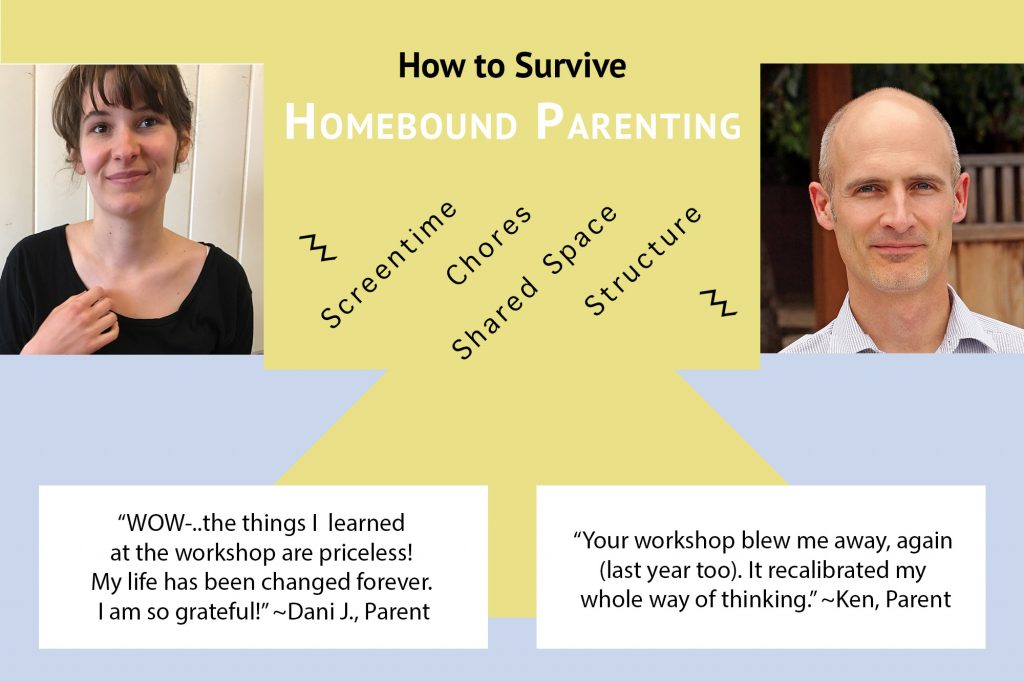
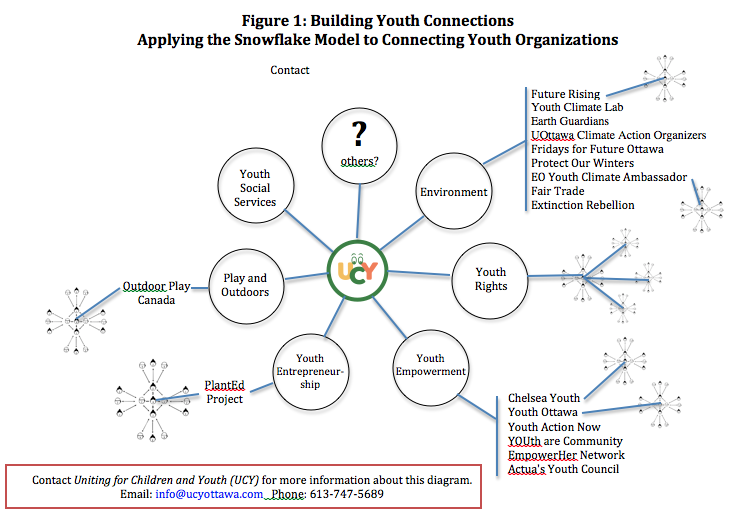
 Four years is how long students spend in high school, and the current
Four years is how long students spend in high school, and the current 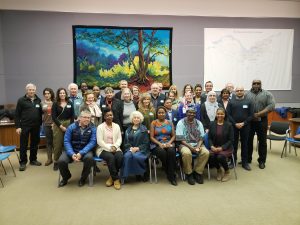
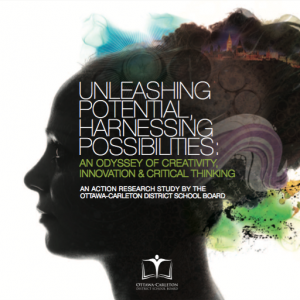

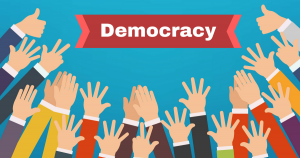
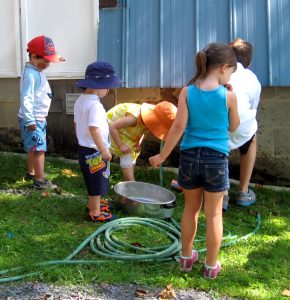 can be almost a whole year younger than their peers, yet they are all measured according to standardized curriculum outcomes. The age difference is huge and can leave the younger children disadvantaged and feeling inferior for no reason other than their birthdate. There are
can be almost a whole year younger than their peers, yet they are all measured according to standardized curriculum outcomes. The age difference is huge and can leave the younger children disadvantaged and feeling inferior for no reason other than their birthdate. There are 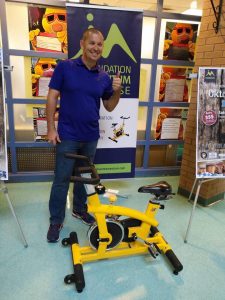 is an Ottawa/Outaouais organization promoting the mental health of young people. It recognizes the negative health affects of children being too sedentary and is helping to alleviate the problems by placing spin bikes in classrooms. It gives kids who feel they need to get up a move a way to get some exercise.
is an Ottawa/Outaouais organization promoting the mental health of young people. It recognizes the negative health affects of children being too sedentary and is helping to alleviate the problems by placing spin bikes in classrooms. It gives kids who feel they need to get up a move a way to get some exercise.
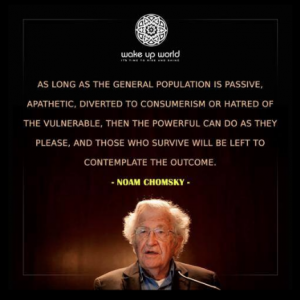


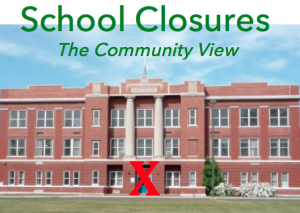

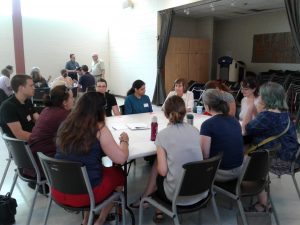 Over forty people attended the event , at least ten of whom are running to be trustees for either the Ottawa Carleton District School Board or the Ottawa Catholic School Board. Five current trustees, were among those present.
Over forty people attended the event , at least ten of whom are running to be trustees for either the Ottawa Carleton District School Board or the Ottawa Catholic School Board. Five current trustees, were among those present.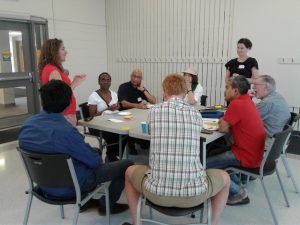 (1) I was so happy with the diversity of the participants – we had parents, educators, school board trustees and candidates, and concerned adults who don’t have children but who pay taxes to the public education system and want to have a voice. We had participants from the OCDSB, the OCSB, the homeschooling community and private/alternative schools. And I was impressed with the diversity in participants as the term is more commonly used – we had people from different races, cultures, religions, first languages, ages, and countries of birth. We need to hear from a diverse group of people, who have had diverse experiences with the school system, in order to ensure that we are making changes to the education system that will benefit all children.
(1) I was so happy with the diversity of the participants – we had parents, educators, school board trustees and candidates, and concerned adults who don’t have children but who pay taxes to the public education system and want to have a voice. We had participants from the OCDSB, the OCSB, the homeschooling community and private/alternative schools. And I was impressed with the diversity in participants as the term is more commonly used – we had people from different races, cultures, religions, first languages, ages, and countries of birth. We need to hear from a diverse group of people, who have had diverse experiences with the school system, in order to ensure that we are making changes to the education system that will benefit all children.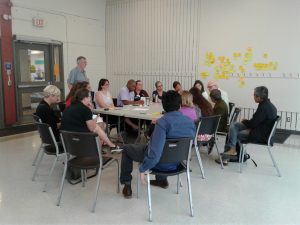 (2) People feel that the OCDSB has not really listened or been transparent in the past, especially in relation to the consultations for the changes made to the French Immersion program, full day Kindergarten and the closing of Rideau High School. Parents want more of a voice when it comes to the decisions made by the board. Communities want to be truly consulted. And information needs to go out in more languages than just English in order to reach all the parents. There was a strong sense of being responsible for all the kids in Ottawa and needing to make decisions that benefit everyone, especially the more vulnerable populations. This made me very happy!
(2) People feel that the OCDSB has not really listened or been transparent in the past, especially in relation to the consultations for the changes made to the French Immersion program, full day Kindergarten and the closing of Rideau High School. Parents want more of a voice when it comes to the decisions made by the board. Communities want to be truly consulted. And information needs to go out in more languages than just English in order to reach all the parents. There was a strong sense of being responsible for all the kids in Ottawa and needing to make decisions that benefit everyone, especially the more vulnerable populations. This made me very happy!
